Medvedgrad Fortress
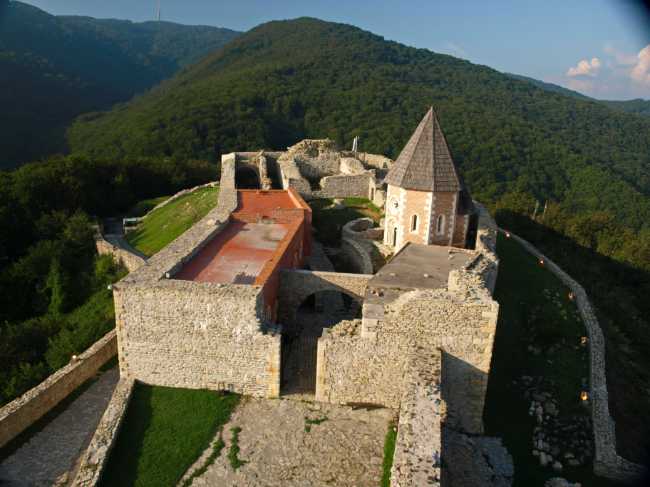
Medvedgrad Fortress is a medieval stronghold perched on the southern slopes of Mount Medvednica, just 10 kilometers north of Zagreb. Built between 1249 and 1254 following the Mongol invasion, it was designed as a defensive refuge for the city and its clergy. The fortress commands sweeping views of Zagreb from its 500-meter elevation and features restored elements such as the octagonal chapel of St. Philip and Jacob and the southern defensive tower. Medvedgrad’s history is steeped in legend, most famously tied to the enigmatic “Black Queen,” Barbara of Celje, whose myth adds a layer of intrigue to the site. Though never attacked, the fortress was abandoned after a devastating earthquake in 1590 and remained in ruins until restoration efforts began in the late 20th century. Today, it houses the Homeland Altar, a memorial to Croatian soldiers, and serves as a venue for cultural events and historical reenactments. Medvedgrad offers a compelling blend of panoramic vistas, folklore, and medieval architecture, making it a must-visit destination above the city.
Zagreb CroatiaMedvedgrad Fortress is a medieval castle located on the southern slopes of Mount Medvednica, just north of Zagreb, at an elevation of 593 meters above sea level. Built between 1249 and 1254 by Bishop Philip of Zagreb, the fortress was strategically positioned on a hill called Mali Plazur to oversee and protect the city after the devastation caused by the Mongol invasion in 1242. Medvedgrad offers sweeping panoramic views of Zagreb and the surrounding countryside, making it a popular destination for both history enthusiasts and hikers. Nearby, visitors can explore the extensive network of trails within Medvednica Nature Park, visit the Veternica Cave, or enjoy picnic areas and viewpoints throughout the park. The fortress is easily reached from Zagreb by car or public transport, making it an accessible day trip for those interested in medieval history and outdoor activities.
 Museum of Broken Relationships
Zagreb
Museum of Broken Relationships
Zagreb
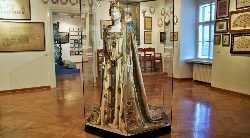 Zagreb City Museum
Zagreb
Zagreb City Museum
Zagreb
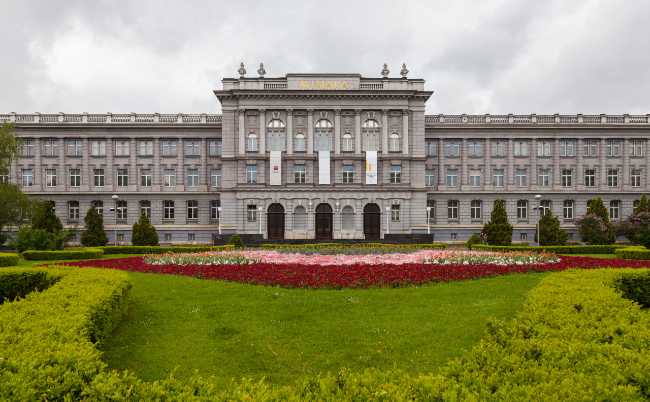 Mimara Museum
Zagreb
Mimara Museum
Zagreb
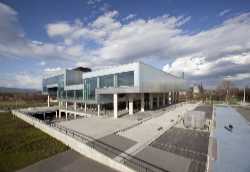 Museum of Contemporary Art
Zagreb
Museum of Contemporary Art
Zagreb
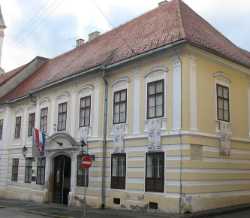 Croatian Museum of Naïve Art
Zagreb
Croatian Museum of Naïve Art
Zagreb
 Technical Museum Nikola Tesla
Zagreb
Technical Museum Nikola Tesla
Zagreb
 Archaeological Museum in Zagreb
Zagreb
Archaeological Museum in Zagreb
Zagreb
 Klovićevi Dvori Gallery
Zagreb
Klovićevi Dvori Gallery
Zagreb
 National Museum of Modern Art
Zagreb
National Museum of Modern Art
Zagreb
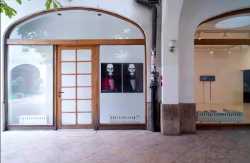 Galerija Nova
Zagreb
Galerija Nova
Zagreb
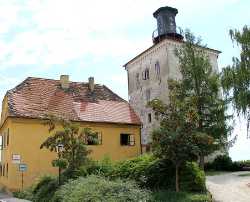 Lotrščak Tower
Zagreb
Lotrščak Tower
Zagreb
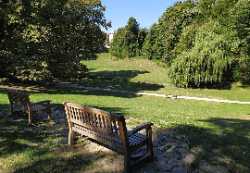 Maksimir Park
Zagreb
Maksimir Park
Zagreb
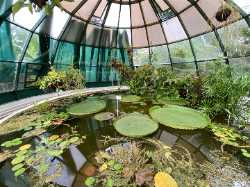 Botanical Garden of the Faculty of Science
Zagreb
Botanical Garden of the Faculty of Science
Zagreb
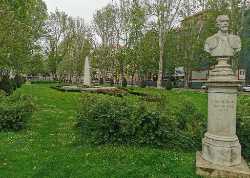 Zrinjevac Park
Zagreb
Zrinjevac Park
Zagreb
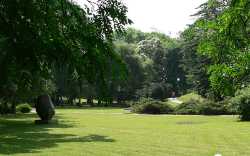 Ribnjak Park
Zagreb
Ribnjak Park
Zagreb
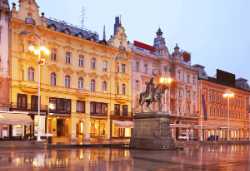 Ban Jelačić Square
Zagreb
Ban Jelačić Square
Zagreb
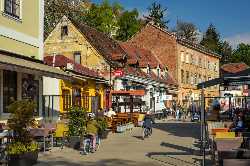 Tkalčićeva Street
Zagreb
Tkalčićeva Street
Zagreb
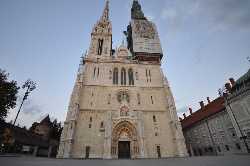 Zagreb Cathedral
Zagreb
Zagreb Cathedral
Zagreb
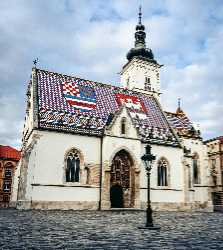 St. Mark’s Church
Zagreb
St. Mark’s Church
Zagreb
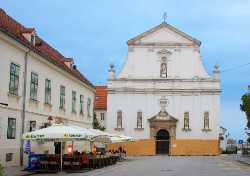 St. Catherine’s Church
Zagreb
St. Catherine’s Church
Zagreb
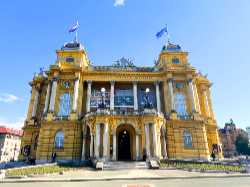 Croatian National Theatre
Zagreb
Croatian National Theatre
Zagreb
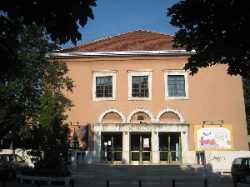 Komedija Theatre
Zagreb
Komedija Theatre
Zagreb
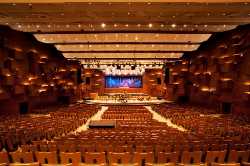 Lisinski Concert Hall
Zagreb
Lisinski Concert Hall
Zagreb
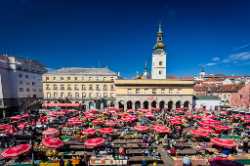 Dolac Market
Zagreb
Dolac Market
Zagreb
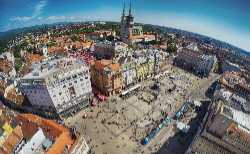 Zagreb 360°
Zagreb
Zagreb 360°
Zagreb
 Museum of Arts and Crafts
Zagreb
Museum of Arts and Crafts
Zagreb
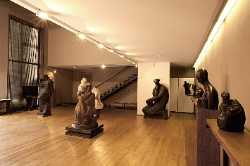 Meštrović Atelier
Zagreb
Meštrović Atelier
Zagreb
 Museum of Illusions Zagreb
Zagreb
Museum of Illusions Zagreb
Zagreb
 Ethnographic Museum Zagreb
Zagreb
Ethnographic Museum Zagreb
Zagreb
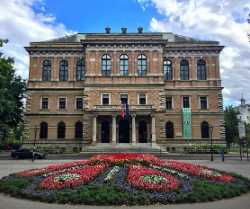 Strossmayer Gallery of Old Masters
Zagreb
Strossmayer Gallery of Old Masters
Zagreb
 Gliptoteka HAZU
Zagreb
Gliptoteka HAZU
Zagreb
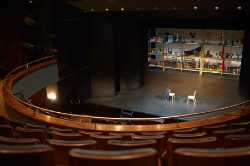 Gavella Drama Theatre
Zagreb
Gavella Drama Theatre
Zagreb
 Zagreb Youth Theatre
Zagreb
Zagreb Youth Theatre
Zagreb
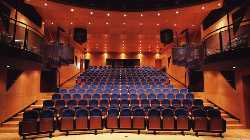 Zagreb Puppet Theatre
Zagreb
Zagreb Puppet Theatre
Zagreb
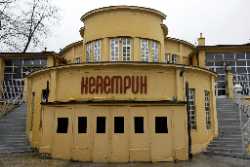 Satirical Theatre Kerempuh
Zagreb
Satirical Theatre Kerempuh
Zagreb
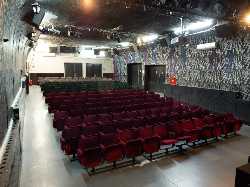 Teatar &TD
Zagreb
Teatar &TD
Zagreb
 Mala Scena Theatre
Zagreb
Mala Scena Theatre
Zagreb
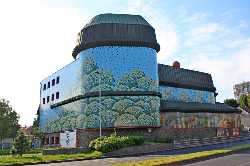 City Theatre Trešnja
Zagreb
City Theatre Trešnja
Zagreb
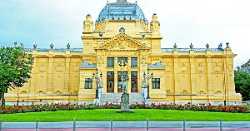 Art Pavilion
Zagreb
Art Pavilion
Zagreb
 Galerija Miroslav Kraljević
Zagreb
Galerija Miroslav Kraljević
Zagreb
 Galerija Greta
Zagreb
Galerija Greta
Zagreb
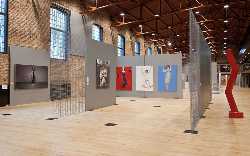 Lauba
Zagreb
Lauba
Zagreb
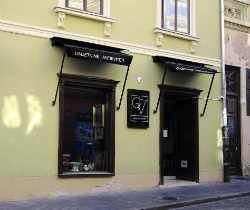 Vugrinec Gallery
Zagreb
Vugrinec Gallery
Zagreb